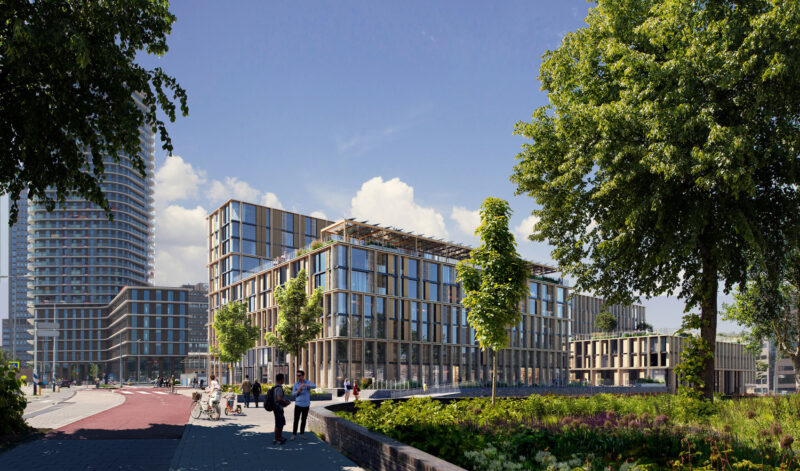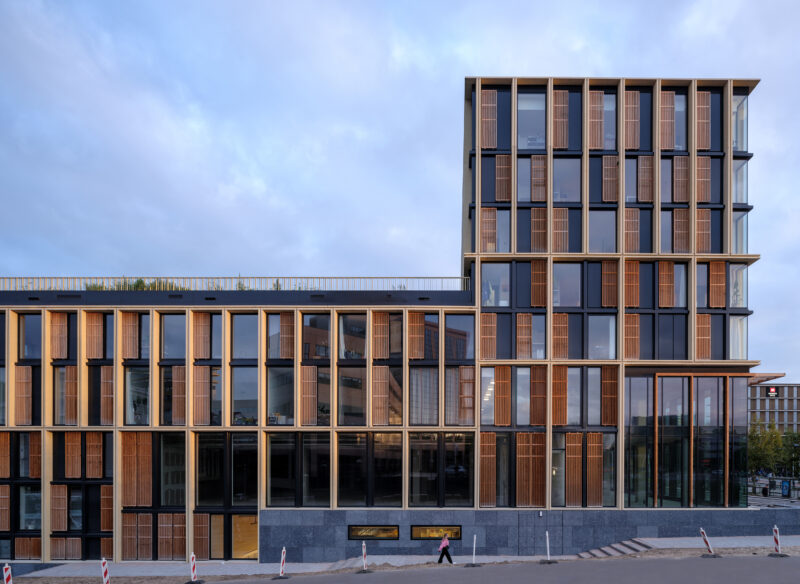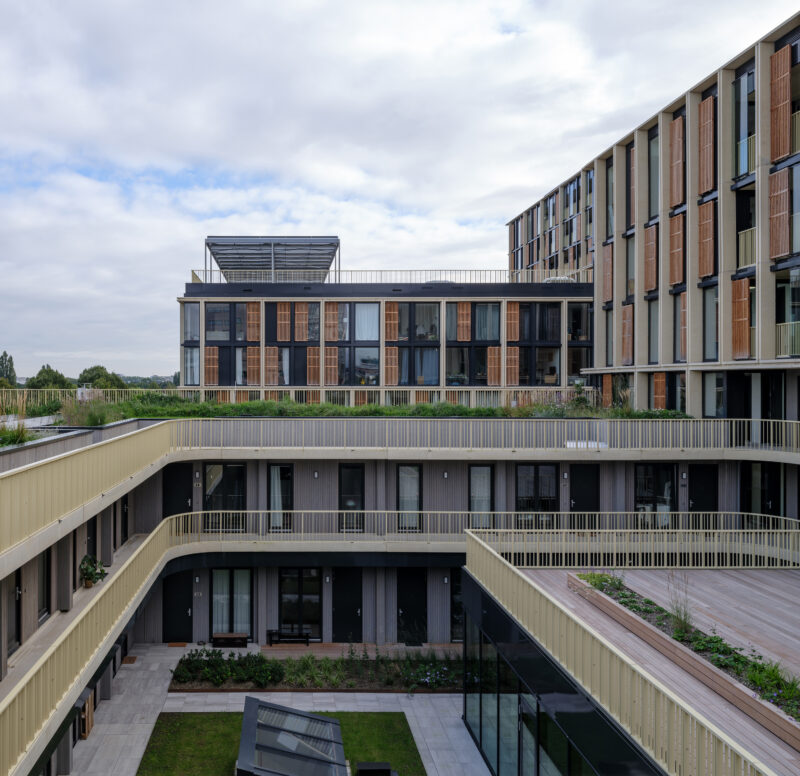“Environmentally sustainable projects need to be socially sustainable too” – Opinion piece in ICON magazine by Ton Venhoeven
2 June 2021

“The pandemic has provided a powerful case for the neighbourhood as a self-sustaining microcity. Architecture and urban planning should learn from this.”
In an opinion piece for ICON magazine, Ton Venhoeven argues that the power of community is at the heart of a successful and sustainable city. “Design, too, can help create self-sufficient and attractive places that cater to inhabitants such that people want to live and work there. By transitioning from a linear to circular economy, we can develop thriving cities and communities across a diversity of regions, encouraging inclusivity and greater social cohesion.”
Venhoeven uses The pandemic as a powerful case to illustrate the way a neighbourhood can function as a self-sustaining microcity: “What can I do within walking distance? Can my child play outside safely? Which services are available and how can I work from home if I don’t have much space? Could we have community gardens where we grow our own food?”
Furthermore, he took Amsterdam as a case study: as a result of a policy to stimulate affordable housing whilst promoting the highest sustainability standards, project AMST is a great example.
“With collective facilities like a living room, playground, roof terraces and community gardens – which also contribute to the building’s water neutrality goal via retaining and reusing rainwater – AMST aims to become a socially inclusive and vibrant living environment in the city centre of Amsterdam.”
Read the full article via this link.





